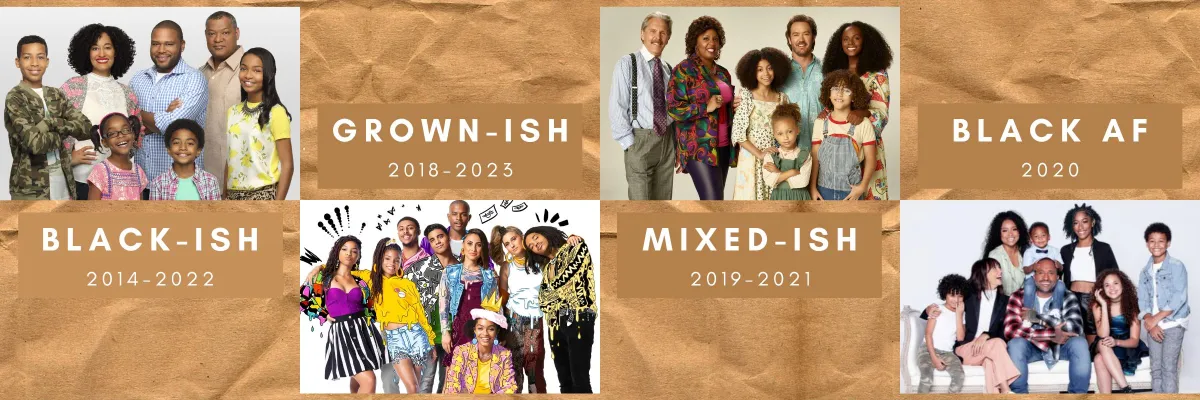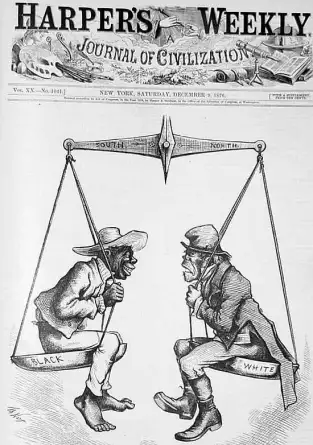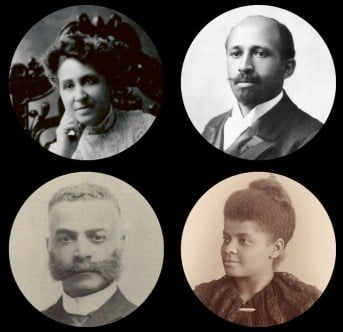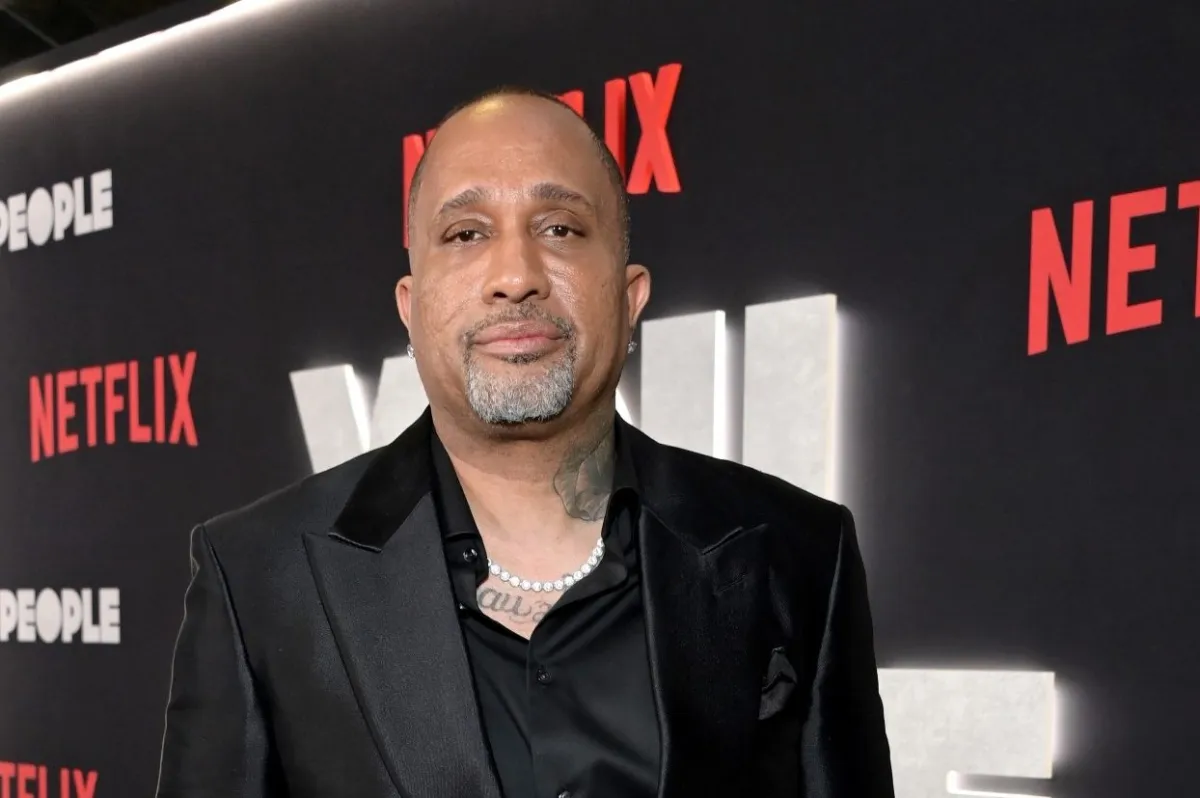Leading up to the release of You People on Netflix, journalist and Twitter delight Hanna Phifer interviewed writer and producer Kenya Barris in a piece for Rolling Stone. The conversation spanned from the new film all the way back to his days as the co-creator of America’s Next Top Model. While the whole interview is special, something that made it particularly intriguing was Phifer’s addressal of the colorism in Barris’ work.
From all of his -ish shows (black-ish, grown-ish, and mixed-ish) to his productions with Netflix like Black AF and You People, Barris has appeared to employ a paper bag test for most of his casting, especially in regards to Black women. The few reoccurring darker Black women often are the most aggressive and antagonistic.
His choices haven’t just drawn ire because colorism is a form of racial bigotry. Barris’ programs are some of the only Black-led sitcoms for major networks and streamers in the past decade. This was especially the case nine years ago when black-ish premiered on ABC. From “post-racial” 2009 to 2017, the only non-Barris Black-led sitcoms that lasted more than one season and aired on a major network were Seth McFarlanes’ The Cleveland Show (where the lead was voiced by a white man), Mr. Box, The Carmichael Show, and First Family. The Game moved between major networks (sort of) before spending 2011 to 2015 on the cable channel BET. None lasted half as long as Barris’ -ish empire. This underlines the influence of Barris, which he still maintains today.
Barris knows about the jokes
The evidence of colorism has solidified over time, but some aspects have gotten better. For example, Bow’s mother did a reverse-Aunt Vivian from black-ish to mixed-ish. Additionally, season three of grown-ish added dark Black women as regular guests. These changes were mostly discussed by cast members-turned-executive producers (Tracie Ellis Ross and Yara Shahidi). Still, it’s a willingness to do better. In the past, Barris has snapped back at the criticism with now-deleted tweets. However, with Rolling Stone, Barris was a lot more thoughtful, though no-less dismissive. When asked about colorism, he responded:
I think that people need to have something to say. I think that the bigger thing is: if you look at my body of work, I challenge anybody who’s had a Blacker body of work than me.
The problem with this statement is that he was not asked about his lack of casting Black people or telling Black-centered stories. The question was on colorism. Barris continued:
black-ish, was based on literally my family. My wife is biracial. My kids look like the kids on black-ish. And I was trying to make a story about my family. #BlackAF, again, was based upon my family so what I was doing was based upon the experience that I knew and the things that came along with that. mixed-ish is based upon exactly that biraciality.
Writing what you know is great, but that doesn’t excuse colorism. Nor does it explain the continuation of the trend into grown-ish. Barris has the influence and power to bring in people that can write about the non-biracial, Black experience. He’s done it before with mixed positive results. While Barris has received criticism for (admittedly) writing for the white gaze, the jokes come from the casting choices.

Projecting “preference”
His response only got worse the more he spoke on the issue:
I think most of the people who’ve studied the American landscape will say that some sort of mixed-race look will be in the next 30-40 years.
This comment was the most frustrating because he used it as a deflection from criticism of colorism the same way white people will use this statistic to point to how racism is going away. It isn’t. White supremacy thrives because it adapts. Who is considered white is always exclusionary and in opposition to blackness. This is why the One Drop Rule was adopted during slavery. Additionally, European immigrants not traditionally considered white (Germans, Italians, Irish, etc.) became white over time.

This statement is part of a larger trend of misunderstanding what “mixed race” is. Being mixed race does not automatically mean a person is lighter, or a combination of Black and white. Unless both of one’s parents are from a Black country, most African Americans are not monoracial due in part to the sexual violence of slavery. Most Black Americas are roughly 25% white. This is despite having “fully” Black parents and grandparents.
Colorism is not a new issue, nor is it a Hollywood (alone) issue
In a follow-up question about the past times Barris has pushed back against criticism of his own colorism when he writes episodes on it, the -ish creator stated:
I feel like we pick and choose when to say, this is what it is and this is what’s not. If you look at some of the biggest figures in the Civil Rights Movement they were biracial, and at that moment we weren’t looking at how someone was lighter or this or that. We just needed numbers and we needed us all to come together.
While he said this following an aside about the online “debates” about the Blackness of former-President Barrack Obama and Rashida Jones (his wife in Black AF), like the comment before, this is dismissive. It also glosses over a lot of history. He invokes the mixed-racial leaders of the past without a reflection as to why there were so many melanin-deficient Black leaders. Not just of the Civil Rights, but also of the into leading Black abolitionists. Throughout American History, the closer a Black person was to whiteness, the more access they had to educational, social, and economical advantages.

Between access to education and visual palatability as dictated by Eurocentric beauty standards (each of which feeds into one other), lighter activists were/are uplifted during social movements. We can appreciate the work of Angela Davis and Rosa Parks (in juxtaposition to someone like Claudette Colvin) while acknowledging their color influenced their position in the movement.
Barris framing the situation as everyone needing to just take one for the team leaves the groups of people most vulnerable to the real-world harms of colorism. He’s choosing to take W. E. B. Du Bois’s Talented Tenth approach, continuing to uplift the Black Americans who are already privileged. This is despite the tactics’ long-proven shortcomings to the average Black person. If this worked, we wouldn’t have this problem still.
(via The Rolling Stone, featured image: Araya Doheny/Getty Images for Netflix)
—The Mary Sue has a strict comment policy that forbids, but is not limited to, personal insults toward anyone, hate speech, and trolling.—










Published: Mar 24, 2023 05:55 pm